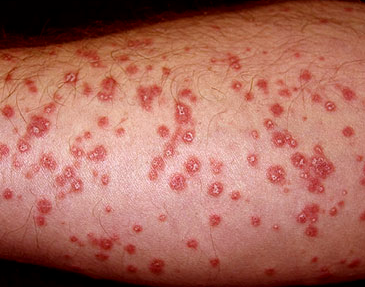

The outlook for purpura depends on the underlying condition causing it. They may change your treatment depending on its efficacy. Once treatment is started, your doctor will monitor your platelet count to help determine whether or not it’s effective.

In emergencies, when purpura causes extreme bleeding, hospitals will perform transfusions of platelet concentrates, corticosteroids, and immunoglobulin. The surgery also comes with risks, such as a permanently increased risk of infection. However, splenectomies aren’t effective in everyone. This is because the spleen is the main body part responsible for eliminating platelets. Removing the spleen is a fast way of increasing your platelet count. If medications aren’t effective in treating thrombocytopenic purpura, your doctor may recommend a splenectomy. It’s mostly used to treat patients with severe thrombocytopenic purpura and patients for whom corticosteroid treatment isn’t effective. Potential side effects include:īiologic therapy, such as the drug rituximad ( Rituxan), can help decrease the immune system response. These medications cause bone marrow to produce more platelets, which reduces the risk of bruising and bleeding. The latest drugs used to treat low platelet count in people with chronic immune (idiopathic) thrombocytopenic purpura (ITP) are romiplostim ( Nplate) and eltrombopag (Promacta). It can cause side effects such as headache, nausea, and fever. This treatment is usually effective in increasing your platelet count, but the effect is usually only in the short term. They may also give you IVIG if you need to increase your platelet count rapidly before surgery. If your type of purpura is causing severe bleeding, your doctor may give you an intravenous medication called intravenous immunoglobulin (IVIG). Doing so can cause serious side effects, such as weight gain, cataracts, and bone loss. It’s important to talk to your doctor about the risks of taking corticosteroids for long periods of time. When it does, your doctor will discontinue the drug. It usually takes about two to six weeks for your platelet count to return to a safe level. Your doctor may start you on a corticosteroid medication, which can help increase your platelet count by decreasing the activity of your immune system. You may also be asked to stop taking medications that impair platelet function, such as aspirin, blood thinners, and ibuprofen. Treatments include medications and sometimes a splenectomy, or surgery to remove the spleen. You will need treatment if the disorder causing purpura doesn’t go away on its own. Adults diagnosed with mild thrombocytopenic purpura may recover without any intervention. The type of treatment your doctor will prescribe depends on the cause of your purpura.
Pinpoint red dots on arm skin#
certain congenital disorders, present at or before birth, such as telangiectasia (fragile skin and connective tissue) or Ehlers-Danlos syndrome.

The following could cause nonthrombocytopenic purpura: Thrombocytopenic means that you have a lower than normal platelet count. Nonthrombocytopenic means that you have normal platelet levels in your blood. There are two kinds of purpura: nonthrombocytopenic and thrombocytopenic. You should always contact your doctor if you notice any growths on or changes to your skin. Low platelet levels may be inherited or genetic, but they may also be related to recent: Platelets are the cells that help your blood clot. Sometimes, low platelet levels can cause excessive bruising and bleeding. Purpura spots are generally benign, but may indicate a more serious medical condition, such as a blood clotting disorder. This can create purple spots on the skin that range in size from small dots to large patches. Purpura occurs when small blood vessels burst, causing blood to pool under the skin. The spots may also appear on organs or mucous membranes, including the membranes on the inside of the mouth. Purpura, also called blood spots or skin hemorrhages, refers to purple-colored spots that are most recognizable on the skin.


 0 kommentar(er)
0 kommentar(er)
